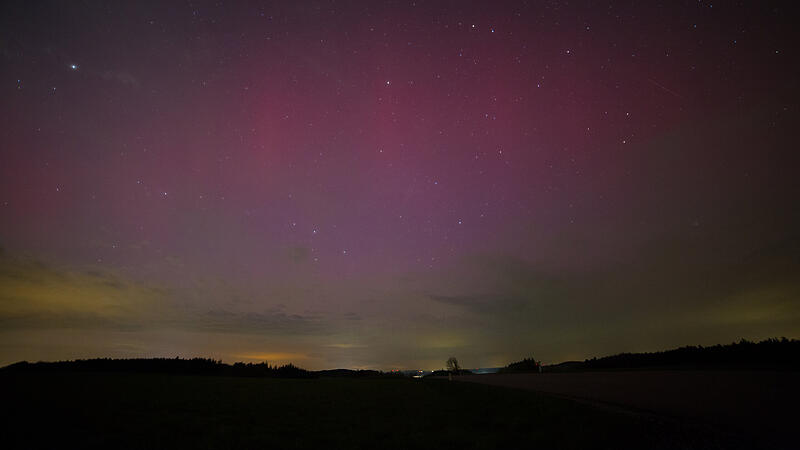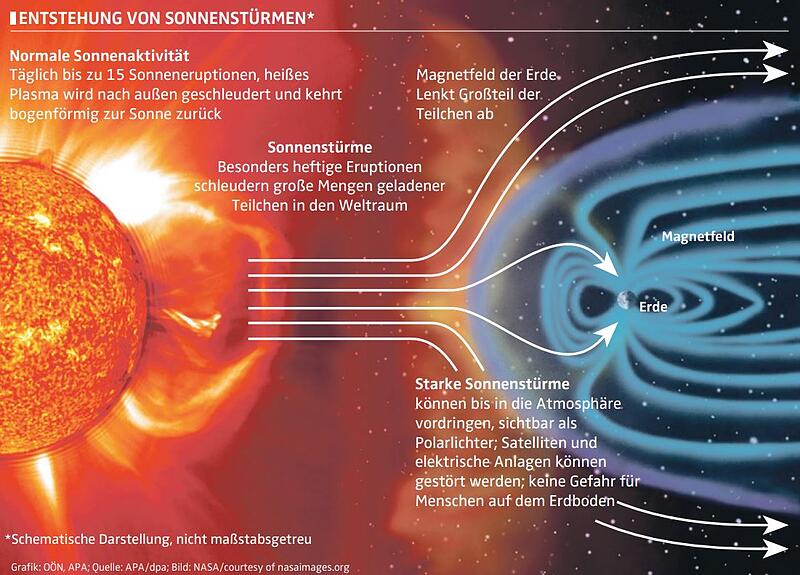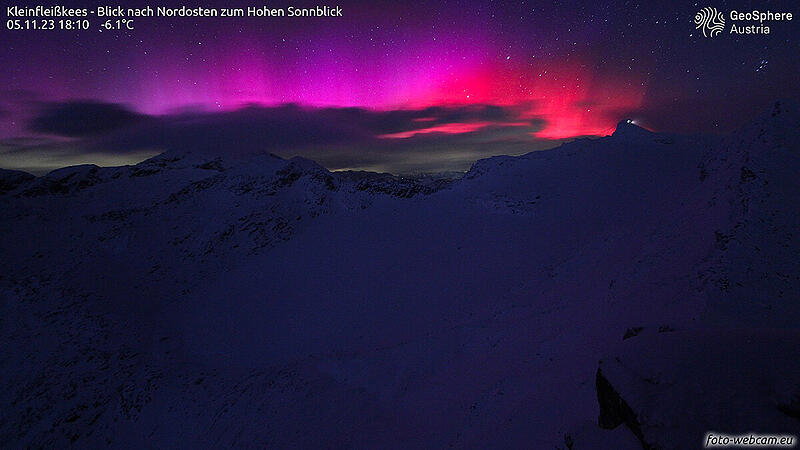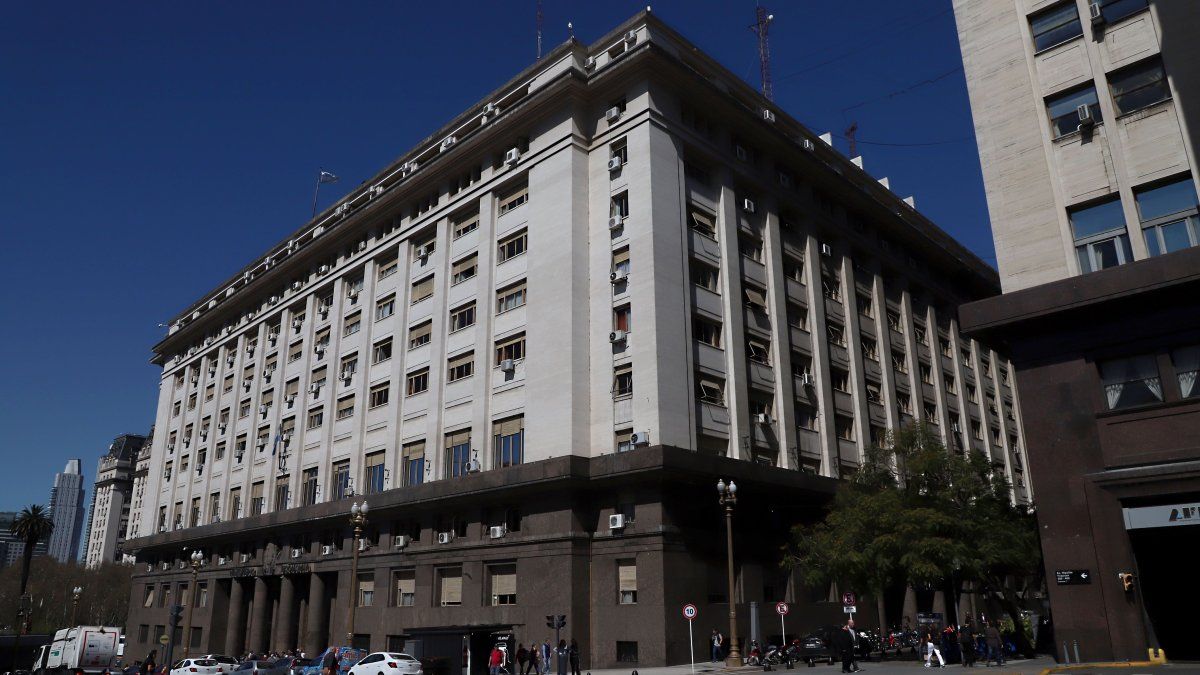Image: foto-webcam.eu

Image: Florian Dürager

Image: Robert Candrak

“It’s crazy… we’ve never seen anything like that here before” and “What a wonderful play of colors”: Many Upper Austrians who looked north on Sunday evening in regions without clouds and with little light pollution could hardly believe their eyes. The night sky glowed in shades of red, pink and purple. A person from Innviertel contacted the OÖN who had photographed the Aurora borealis in St. Veit im Innkreis (Braunau district). Sightings were also reported in Königswiesen (Freistadt district) and in the Waldviertel. The natural spectacle was particularly impressive to see on webcams in the Alps.

Image: Florian Dürager
“During the early evening, a strong geomagnetic storm in the northwestern quadrant of the sun meant that the northern lights could also be seen in Austria,” said experts from the weather service Skywarn Austria. “The observations can continue at night in places with low light pollution in the north,” say the meteorologists.
- Have you also photographed the northern lights? Write to us (please specify the location and time) to online@nachrichten.at
More solar storms
It was only in April that the OÖNachrichten reported on the northern lights in Upper Austria. Even a webcam in St. Florian near Linz recorded the play of colors. In fact, solar storms and thus Aurora Borealis could become more common in the coming years.
- Read the archive report: Strongest solar storm since 2015: Northern lights spotted over Upper Austria

Image: Robert Candrak
The Sun is currently in a phase of increasing magnetic activity, which is expected to peak in 2025. The frequency of geomagnetic storms and northern lights will therefore increase in the next few years, experts predict.

Space weather has only been studied more intensively for about 30 years. It became clear that solar storms have occurred over the past 150 years that have had devastating effects on today’s technical infrastructure. The recurrence rate of such super solar storms is approximately 50 to 100 years.
Impact on critical infrastructure
Due to the potential impact of space weather on air traffic and on critical infrastructure such as power grids and satellite navigation, research into space weather and the development of forecast and warning systems are becoming increasingly important. Geosphere Austria works on the prediction of space weather in several projects and operates the Conrad Observatory, one of the world’s most modern geophysical observatories, where space weather and solar storms are also measured.
My themes
For your saved topics were
new articles found.

info By clicking on the icon you can add the keyword to your topics.
info
By clicking on the icon you open your “my topics” page. They have of 15 keywords saved and would have to remove keywords.
info By clicking on the icon you can remove the keyword from your topics.
Add the topic to your topics.
Source: Nachrichten




